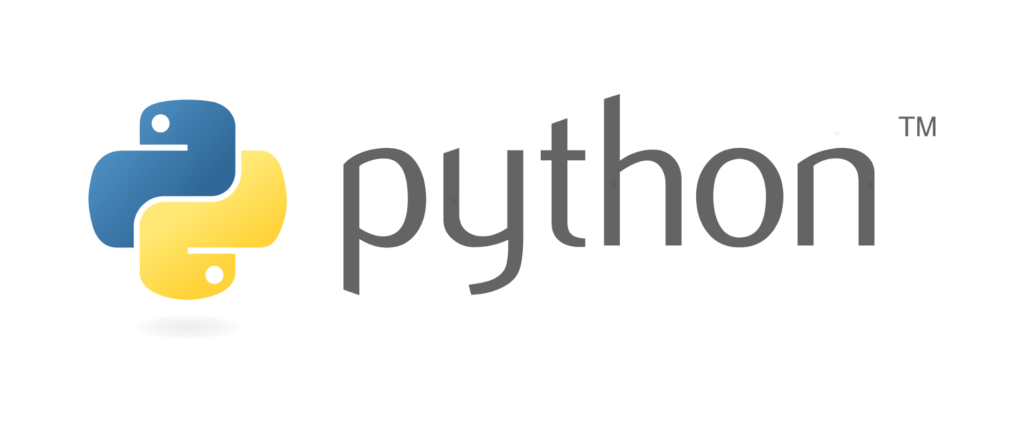Following Python programming guidelines, particularly the PEP 8 style guide and other established best practices, offers numerous benefits. Here are some compelling reasons to adhere to these guidelines.

Readability
One of the primary goals of Python programming guidelines is to enhance the readability of code. Readable code is easier to maintain, debug, and review. As the saying goes in the Python community, “Readability counts.”
Consistency
Guidelines ensure a consistent coding style. This means that code written by different developers in various parts of a project or even across different projects will have a similar structure and style, making it easier to understand and modify.
Efficiency
By following established best practices, you’re more likely to write efficient and optimized code. This can save both processing time and resources in the long run.
Fewer Errors
Best practices often emerge from collective experiences and lessons learned from past mistakes. By adhering to guidelines, you inherently avoid certain pitfalls and common mistakes.
Collaboration
In collaborative projects, having a consistent style and following best practices ensure that every team member can easily understand, review, and contribute to the codebase without facing the steep learning curve of deciphering each other’s coding styles.
Onboarding New Team Members
When new developers join a team, having a codebase that follows a recognized set of guidelines accelerates their onboarding process. They can quickly get up to speed and start contributing.
Code Reviews
Adhering to guidelines simplifies the code review process. Reviewers can focus on the logic and architecture of the code rather than getting distracted by style or formatting issues.
Longevity and Maintainability
Codebases that adhere to guidelines are generally more maintainable. This is crucial for long-term projects where the original developers might move on, and others have to take over maintenance.
Reputation and Professionalism
Projects that follow established coding standards reflect professionalism. They tend to be viewed more favorably by other developers, potential users, and contributors, especially in open-source communities.
Tool Compatibility
Many modern development tools, linters, and formatters (like black, flake8, or pylint) are designed with established Python guidelines in mind. By following these guidelines, you ensure better compatibility with these tools, which can automatically check your code for issues or even fix them.
While you might occasionally encounter scenarios where deviating from the guidelines makes sense, as a general principle, adhering to Python programming guidelines will lead to a more successful, collaborative, and efficient development process.
All of that considered here are 10 essential tips for programming in python…
Top 10 Python Programming Tips
1- Follow PEP 8: PEP 8 is the official style guide for Python code. It provides conventions for writing readable and consistent code. Following this guide will make your code familiar and understandable to other Python developers.
2 – Leverage List Comprehensions: List comprehensions provide a concise way to create lists. For example, squared_numbers = [x**2 for x in range(10)] creates a list of squared numbers.
3 – Use enumerate for Loop Counting: When you need both the index and the value from a list, use enumerate:
for index, value in enumerate(my_list):
print(index, value)4 – Use Built-in Functions and Libraries: Before implementing something from scratch, check Python’s extensive standard library and built-in functions. For example, the collections module offers useful tools like defaultdict and Counter.
5 – Error Handling with try and except: Always anticipate and gracefully handle potential errors in your code. Using try and except blocks can prevent your application from crashing due to unexpected issues.
6 – Use Virtual Environments: Virtual environments allow you to maintain project-specific dependencies, ensuring there’s no clash between versions. Tools like venv and virtualenv can be invaluable, especially when working on multiple projects with different requirements.
7 – Document Your Code: Always comment and document your code. This makes it easier for others (and for future you) to understand the purpose and functioning of your code. Tools like Sphinx can be used for larger projects to auto-generate documentation.
8 – Optimize with Profiling: Before trying to optimize your code, profile it to see where the actual bottlenecks are. Python’s built-in cProfile module can help you pinpoint performance issues.
9 – Leverage __main__: When writing a script, you can use the following block to ensure that the script’s contents are only executed when the script is run directly, and not when it’s imported as a module:
if __name__ == '__main__':
main_function()10 – Keep Learning: Python is a vast language with a dynamic ecosystem. Regularly check platforms like Python.org, PyPI, and communities like r/Python to stay updated with the latest libraries, tools, and best practices.
Lastly, always remember that practice is the key to proficiency. The more you code, the more you’ll learn and discover about the language and its nuances.